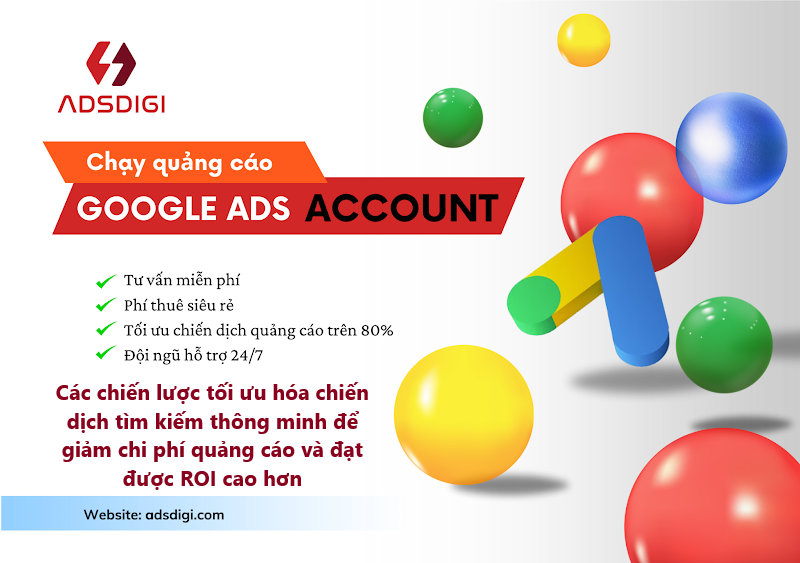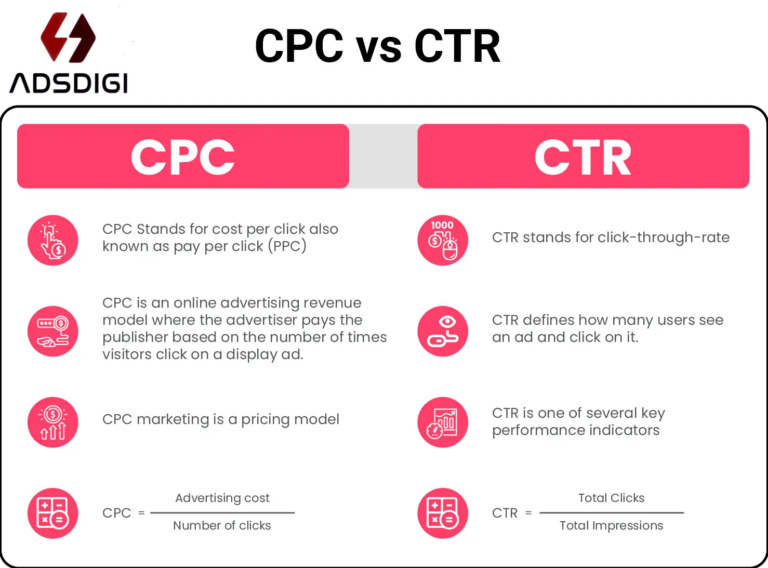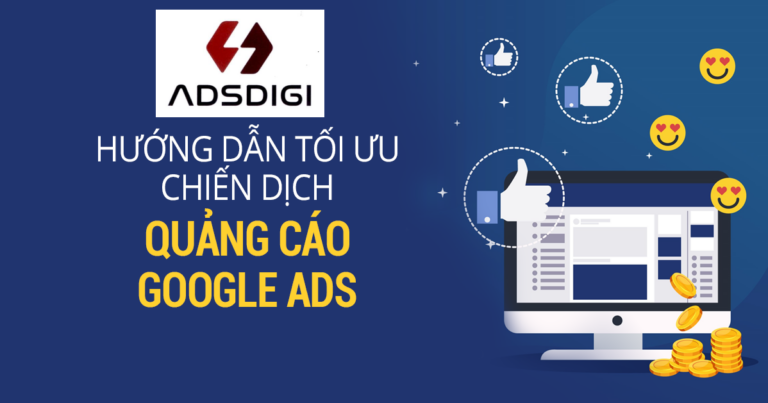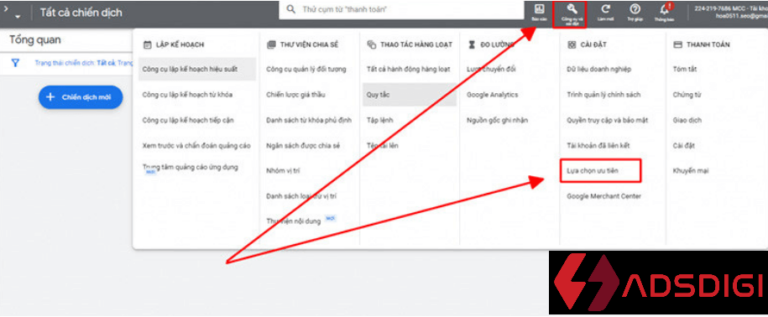In the field of digital advertising, Return on Investment (ROI) is a crucial metric for evaluating campaign effectiveness.
Businesses are constantly seeking ways to optimize ROI to ensure that their advertising budgets generate the highest possible returns. This is why advertising agencies play a key role in helping businesses manage, analyze, and adjust strategies to maximize ROI in advertising campaigns.
So how can agencies optimize ROI for businesses?
This article will introduce effective strategies that agencies use to achieve this goal.
Clearly Defining Advertising Goals
One of the key factors in optimizing ROI is setting clear goals. Instead of launching vague advertising campaigns, agencies help businesses establish specific and measurable objectives, such as increasing website traffic, improving conversion rates, or boosting online sales. Clear goals make it easier to evaluate campaign effectiveness.
Prioritizing High-Conversion Goals
Agencies focus on goals that directly lead to conversions for businesses, such as product trial registrations, purchase transactions, or lead submissions. These goals help optimize ROI because they are directly linked to revenue generation.
Real-Time Performance Analysis
Powerful data analytics tools such as Google Ads Analytics and Google Ads allow agencies to track campaign performance in real time. This enables them to analyze key metrics related to campaign effectiveness, identify the most engaged audience segments, and monitor costs per conversion (CPC, CPA). Using these insights, agencies can quickly adjust strategies to maximize returns.
Analyzing User Behavior
Understanding user behavior is essential for ROI optimization. Agencies utilize behavioral data from analytics tools like Google Analytics to identify the steps users typically take before converting. Based on these insights, they can enhance user experience and improve conversion rates.
Optimizing Advertising Budgets
Smart Budget Allocation
Agencies not only help businesses determine the appropriate budget but also optimize budget allocation across different advertising channels. By analyzing the effectiveness of each channel, agencies can make budget decisions based on the potential of that channel. For instance, if Facebook Ads perform better than Google Ads, budgets can be adjusted accordingly to maximize ROI.
Reducing Cost Per Action (CPA)
Agencies analyze the cost per action (CPA) and find ways to minimize costs while maintaining or improving conversion rates. This is achieved by refining target audiences, enhancing ad content, or optimizing bidding strategies on advertising platforms.
Creating Engaging and Diverse Content
Personalized Content
A crucial factor in optimizing ROI is advertising content. Agencies focus on personalizing content by crafting messages tailored to specific audience segments. Personalized content not only enhances engagement but also increases conversion rates.
Diversifying Content Formats
Beyond personalization, agencies create diverse content types such as videos, infographics, blog posts, and dynamic ads. Each content type is optimized for its respective platform and audience, thereby boosting engagement and improving conversion rates — ultimately optimizing ROI.
Continuous A/B Testing
Testing and Optimization
A/B testing involves comparing two versions of an ad to determine which one performs better. Agencies conduct A/B testing to evaluate elements such as images, headlines, content, and calls to action (CTAs) to identify the most impactful factors for the target audience. By continuously running A/B tests, agencies can optimize every aspect of a campaign, improving conversion rates and maximizing ROI.
Adjusting Campaigns Based on Results
Based on A/B testing results, agencies adjust campaigns for optimal performance. High-performing ads are expanded, while underperforming versions are replaced or refined.
Using Remarketing Techniques to Increase ROI
Optimizing Remarketing
Remarketing is an advertising strategy that targets users who have previously interacted with a brand but have not yet converted. Agencies implement remarketing strategies to attract potential customers back and encourage them to complete purchases or sign up for services. Remarketing optimizes advertising costs by targeting users who have already shown interest, thereby increasing conversion rates and ROI.
Creating Audience-Specific Remarketing Campaigns
To achieve better results, agencies design remarketing campaigns tailored to specific audiences, such as users who added products to their cart but did not complete the purchase, or those who viewed certain products. Personalizing remarketing ads enhances effectiveness and increases ROI.
Tracking Performance and Providing Detailed Reports
Monitoring and Adjusting Campaigns
Agencies continuously track key metrics such as CPC, CPA, CTR, and conversion rates to evaluate campaign performance. Based on these insights, they make strategic adjustments to optimize underperforming elements and improve ROI.
Providing Comprehensive Reports
At the end of each campaign, agencies deliver detailed reports on campaign performance, including ROI metrics, cost per conversion, and success rates compared to initial objectives. These reports help businesses assess the effectiveness of working with the agency and adjust budgets for future campaigns.
Conclusion
Optimizing ROI in advertising campaigns is a complex process that requires a combination of strategic planning and advanced technology. A professional agency helps businesses maximize their advertising budgets by leveraging data analysis, creating engaging content, optimizing ads, and continuously tracking performance. With these optimization strategies, businesses can not only achieve their marketing objectives but also significantly increase their ROI.




